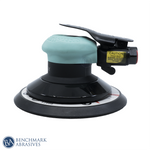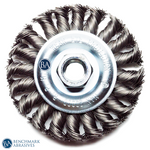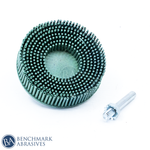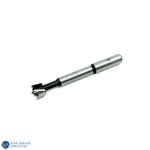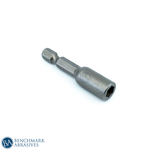Types Of Saw Blades For Wood

The interchangeable toothed cutting parts found in a range of hand instruments and portable and stationary power tools are called saw blades. They cut various materials, including wood, masonry, metal, bone, etc. They differ from other mechanical cutting forms by having toothed patterns (as opposed to abrasive cutoff wheels) and are typically made of a single piece (unlike chain-saw chains). Many saw blades can be sharpened again.
The most popular saw blade categories are as follows:
- Circular saw Blades
- Handsaw Blades
- Bandsaw Blades
- Jigsaw and Reciprocating saw blades.
CIRCULAR SAW BLADES FOR WOOD
A circular saw can cut various materials, including wood, plastic, metal, and masonry. This is whether it is hand-held or mounted on a table. There is a disc or blade with teeth on the edges of every circular saw. The saw blade spins quickly thanks to the motor, which allows the teeth to cut materials easily.
Circular saw blades come in three main varieties for cutting wood: rip, crosscut, and combination. Differentiation depends on the size and shape of the gullet. The teeth are flat-topped, and the gullets are deep for ripping. The gullets are shallow to slow the feed rate and switch between left- and right-handed angles on the teeth during crosscutting. The combination blade combines flat-top and alternating bevel teeth with deep and shallow gullets to offer many users adequate cutting speed and finish for wood- and cross-grain cutting. By using it, there is no need to swap saws or blades between tasks.
The number of teeth a blade has determines its usefulness for certain jobs. The tooth count for circular saws is generally based on the overall number of teeth; for example, a blade with a 7-1/4 in. A diameter of 100-140 teeth for cabinetry and 16–24 teeth for framing and demolition. For trim work, a miter saw with a blade diameter of 12 in. It could be configured with a blade count of 60-80. Cutting plywood and ripping timber, two common table saw tasks, would suit a table saw with a 10—diameter 50-teeth combination blade.
TYPES OF SAW BLADES FOR WOOD
1. RIPPING SAW BLADE
The main goal of the ripping saw blade design is to produce a clean, safe, and smooth cut while ripping wood or cutting against the wood grain. The few, broad, straight teeth of rip blades allow them to remove and dispose of cut dust effectively.
2. COMBINATION SAW BLADES
Circular saw blades are combination saw blades, cutting both rips and crosscuts. Switching from a rip to a crosscut blade every time you change the cutting direction would be a hassle unless you always had two circular saw blades. A combination blade enables cutting in both directions as a result. A range of tooth counts is available for combination blades. The finish distinguishes between tooth counts with more and fewer teeth. The cut is smoother the more teeth there are.
3. CROSSCUT SAW BLADES
Crosscut blades are saw blades made to cut wood pieces perpendicular to the natural grain. These blades are best used for woodworking jobs that require a fine finish. This is because they typically generate smoother cuts than rip blades.
SPECIALITY BLADES
4. DADO CUTTING BLADES
Dado cutting blades are typically used with table or radial-arm saws. They can also be used to cut moldings and tenons, among other things. However, they are designed to cut dadoes and grooves. There are two different kinds of dado blades: adjustable, quick and simple to apply and stack dado blades, renowned for producing extremely precise and clean cuts.
5. NAIL-CUTTING BLADES
You will frequently cut wood with concealed nails when working on repairs and projects requiring salvaged or used wood components. In situations like this, you should use a nail-cutting blade because they are made to remove wood with nails properly.
BLADE SIZES
Circular saw blade sizes vary from model to model. Blade sizes will vary depending on the manufacturer, the intended usage, and the motor size. It is crucial to check the manufacturer's specifications for the right size before replacing or ordering more blades.
SAFETY INSTRUCTIONS
If handled improperly, circular saws, like all other power tools, can cause significant injury. Before using any tool, it's vital to familiarise yourself with it, its functions, and how it works. This is done by reading the manufacturer's owner's manual. Wearing eye and ear protection is usually an excellent idea, and you should always make sure you are using your tools while they are disconnected.
CONCLUSION
You can see a blade available for almost any woodworking project. Most of the time, you use a rip blade or a crosscutting blade for your woodworking projects. Still, if you intend to do serious woodworking, it is wise to know the various saw blade types to select the most appropriate for each project and achieve better results.












